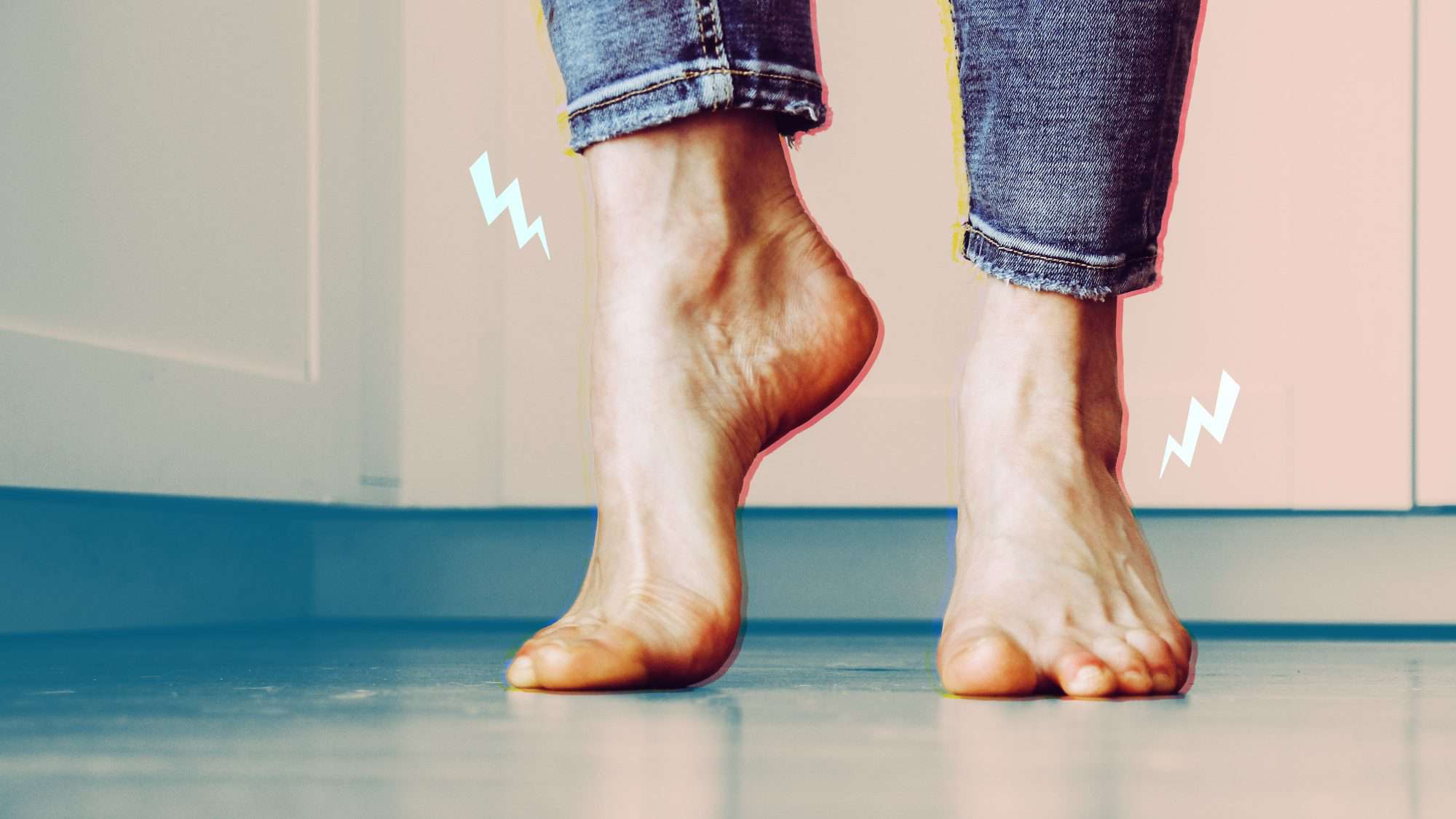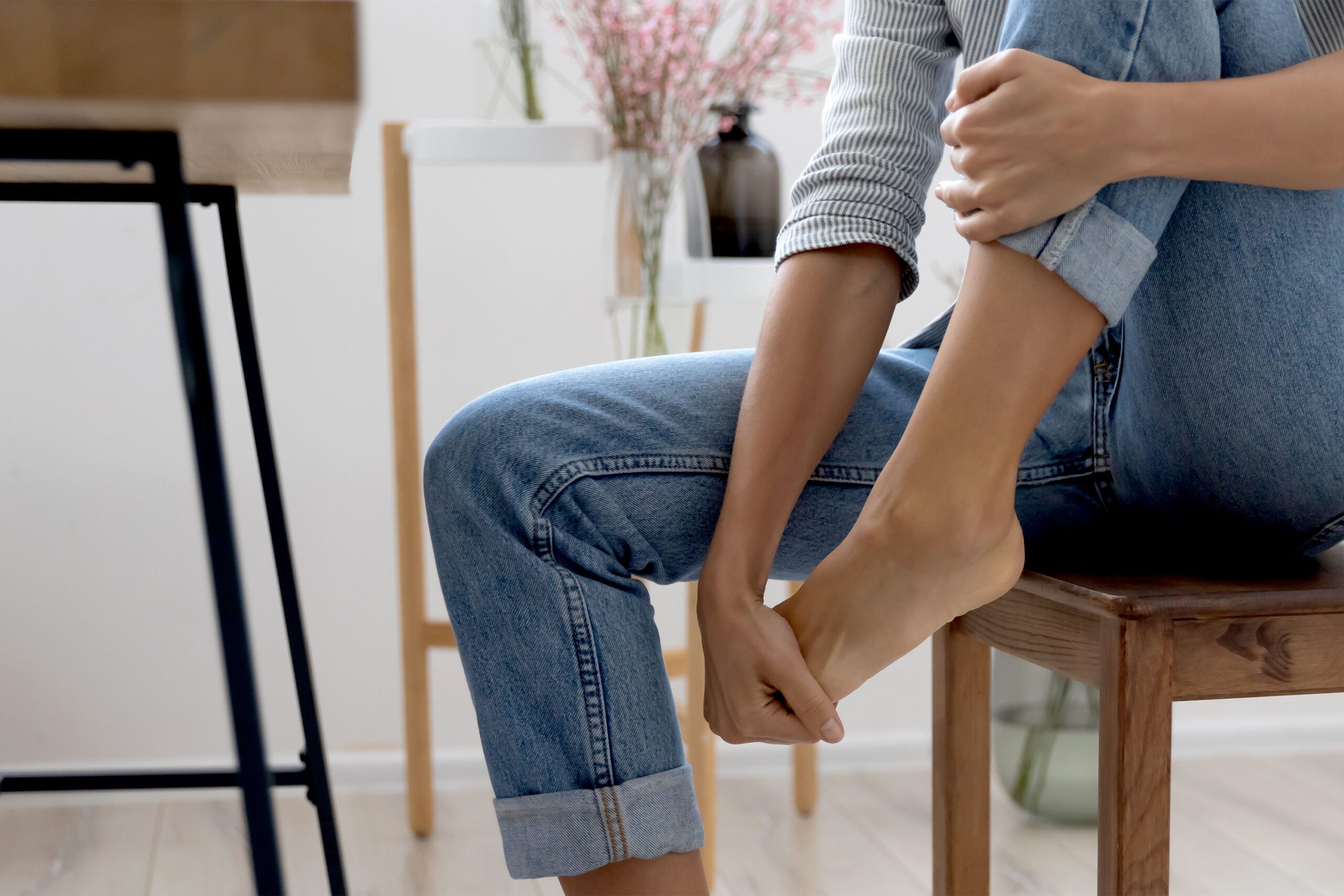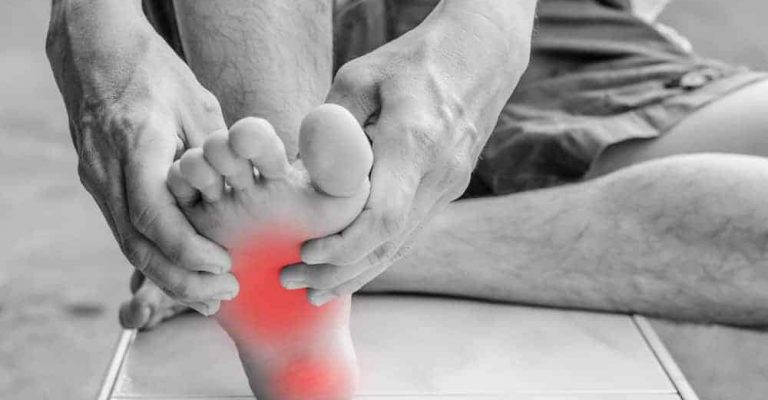People with upper spinal cord injury suffer from inappropriate thermo-regulation. Patients who have suffered cervical and high thoracic injuries are especially prone to this problem because they cannot regulate their own body temperature. Like a chameleon, which regulates its environment, their temperature changes according to their room.
For instance, if they get into a cold room, the body cools down, while if they enter a warm environment, it heats up. That’s a simple way of saying that the body temperature reflects that of the surroundings.
Why Spinal Cord Injuries Lead to Cold Feet
Ever wonder why some people get cold feet after a spinal cord injury? The reason lies in the body’s absolutely fascinating autonomic nervous system. This super important system takes control of our bodies.
It tasks automatically, like managing our heartbeat, blood pressure, and other crucial circulatory tasks. All this is done through a fine symphony of signals that travel from the brain and zip right through the spinal cord.
An injury to the spinal cord throws a wrench in the works and disrupts the communication between the brain and the heart’s nerves. This hampers the way our heart beats. It could either beat too slowly or erratically. Spinal cord injury also affects essential reflexes that regulate our blood vessels’ opening and closing.
Due to these changes, blood circulation throughout our body gets slightly out of hand. The heart finds it a bit tougher to pump blood with its usual level of force, making it harder for oxygen-rich blood to reach the far-off parts of our bodies, including our feet. This low blood circulation results in our feeling of cold feet and often leads to swelling.

Exploring Other Reasons Behind Cold Feet
Besides circulatory problems, there could be other reasons why your feet have been constantly cold, especially for a spinal cord injury sufferer.
You are Not Active
A lack of movement, including following a nasty blow to the spine, will make your feet feel cold. Walking is wonderful. As our legs flex and move, they squeeze the blood vessels to nudge the blood back toward the heart. Kind of like giving yourself a gentle massage for circulation; it keeps those toes warm and cozy.
Finally, did you know that 85 percent of our body warmth comes from working muscles? Suppose your leg muscles aren’t receiving a good workout. In that case, they cannot contribute the heat your body will need to keep warm, and, unbeknownst to you, your warm feet could become icy cool in just a few hours.
Confined to a chair or bed for the whole day may also result in fluid collecting in your legs and feet, a condition that causes swelling, termed edema, by doctors. It is also unfortunate that, in most cases, this annoying swelling goes with very cold feet.
Problems Related to the Regulation of Body Heat
In those with cervical or high thoracic spinal cord injuries, controlling a relatively constant body temperature is nearly impossible. Why is that? The human body controls its temperature balance through signals that travel up and down our spinal cord.
Suppose you are outside in the very cold winter air. The cold can be felt by the sensory nerves on your skin. These nerves shoot a message to your brain as if calling an alarm that says your body is getting cold. Then the brain reacts – it starts contracting the blood vessels just to ward off the potential hypothermia.
But, when one loses all feelings in the limbs, this process ceases to work. Your body cannot send the proper signals up the spine, leaving the brain in the dark. The signals, thus, the brain is unable to intervene and regulate body temperature, and so the body temperature drops, causing cold feet.

How to Combat Cold Feet after Spinal Cord Injury
Good news! You cannot move your feet on your own, but don’t worry; there are a lot of other helpful solutions you can use to promote blood flow in your feet. Here are some nifty techniques to combat the spasms of cold feet after spinal cord injury.
Compression Stockings
Compression stockings can be used to apply gentle pressure to your legs to improve blood pressure and promote better circulation. But, sometimes, these stockings become too tight, thereby compromising rather than promoting circulation.
Hence, it is always advisable to get this checked out by your doctor to know it is right for you. Always check your skin regularly for signs of redness or skin damage; if that happens, you can determine that your stockings may be too tight. You
Another reason is that people may be required to use graduated compression stockings, which apply increasing pressure along the length of your leg. Hence, you feel more comfortable while improving circulation. Warm Foot Baths
This refreshing way of soothing cold feet is necessary for rejuvenating blood flow. Fill a basin with warm water and soak for 15 to 20 minutes. First, check the water temperature to see if your feet don’t feel much sensation. You can add Epsom salts or essential oils to enhance this experience.
Remain Active
Adopt adaptive exercises to maintain blood flow to all body parts. Talk with a physical therapist regarding a move plan that suits your position. Exercising can be a good idea to keep the overall body in circulation, maintain the body’s temperature level, and eliminate cold feet at all costs. Controlling cold feet due to a spinal cord injury calls for a holistic approach through various techniques to improve circulation and body warmth.
Passive or Active Exercise
If your legs are weakened or completely unable to move, there is an excellent choice in the passive range of motion exercises to get your blood flowing in your legs. Even if you are still strong enough in your upper body, you can use your arms to move your legs, and when that seems too much, your legs can be moved upwards by a resistance band.
Let’s not forget, if your upper body too is immobilized, use your caregiver or therapist to move your legs on your behalf. Remember, any movement you can work through will enhance your blood flow, bringing warmth to your chilly feet.
For patients with a spinal cord injury that only partially damaged the spinal cord, although they can’t be fully mobile, they can do active exercises. These can stimulate muscles and blood vessels and help push the blood back toward the heart. Even such simple activities as ankle pumps can be performed even while you’re still in bed.
Hydration Methods
Hydration must be properly achieved so that adequate blood circulation can be facilitated and ensured, most especially after a spinal cord injury. Therefore, drinking enough water will ensure that blood viscosity is low, lowering the chances of poor circulatory flow associated with cold feet.
Hydrate by drinking eight glasses of water daily or the amount your doctor recommends. It is also recommended to decrease the amount of intake of caffeine and alcohol as they are said to dry the body and harm the circulatory system.
You can add citrus fruits such as orange, lemon, or lime to make hydration more pleasing. Cucumbers may also be added for their mild, refreshing taste. You can also add fresh mint leaves to your water to give it a refreshing taste.
Environmental Changes
Creating a warm environment is the most usual thing to deal with in case of cold feet. Thus, you must ensure your dwelling place is heated during cold weather so the ambient temperature would be comfortable. In case you need to feel warmer, use space heaters or warmed blankets.
Appropriate clothing also matters; wear warm socks and slippers produced from insulating material such as wool or fleece. Use heating pads or electric foot warmers. Such solutions often make it possible to enhance warm circulation if the atmosphere is set as it would naturally be for the body.
Summary
There are multiple ways to minimize the discomfort of cold feet after a spinal cord injury. Combined with adaptive exercise and diet modifications, a holistic approach can improve circulation and warm the body parts. Most importantly, it will work best with healthcare providers who offer such approaches that could be tailored specifically to your individual needs and monitor any issues that may arise.

